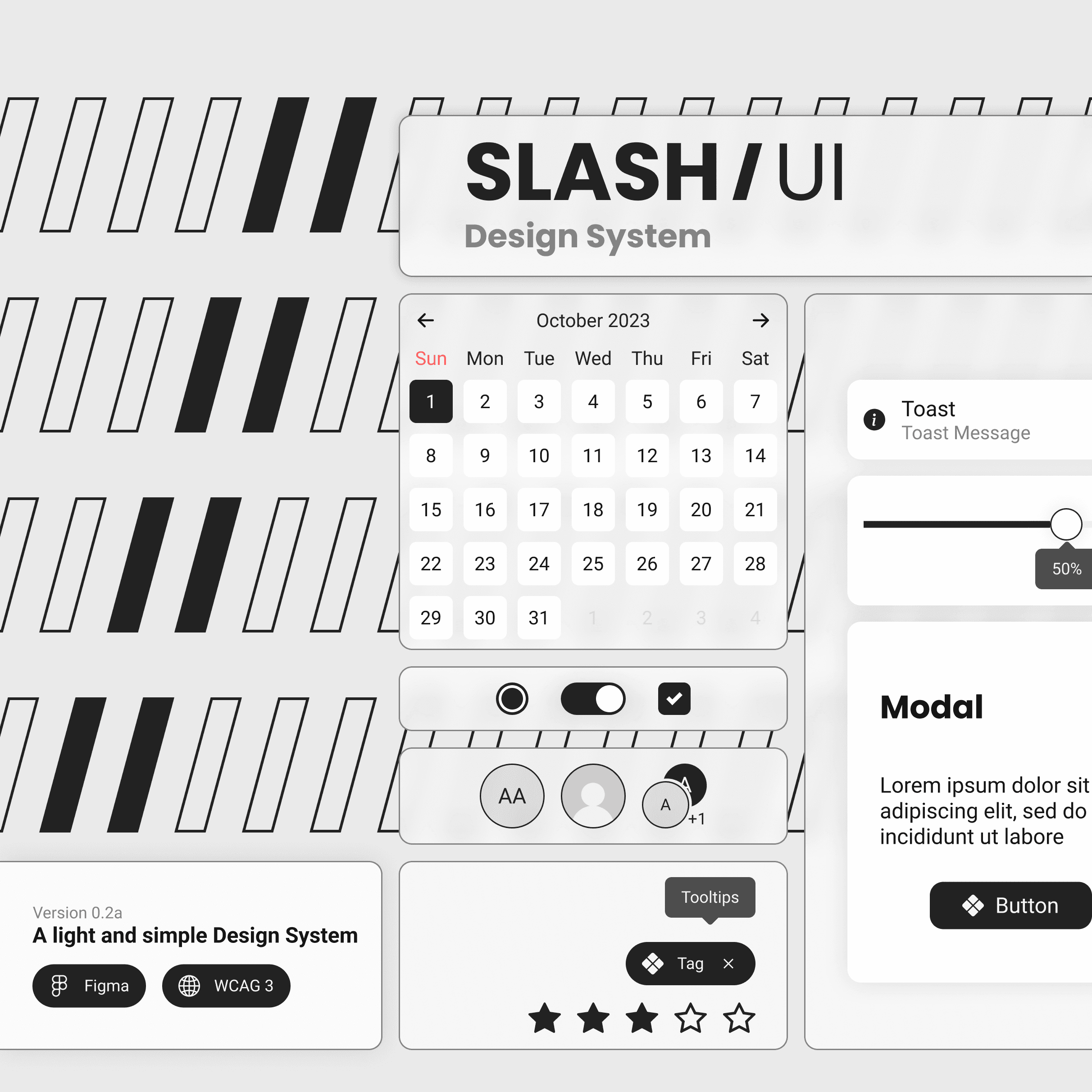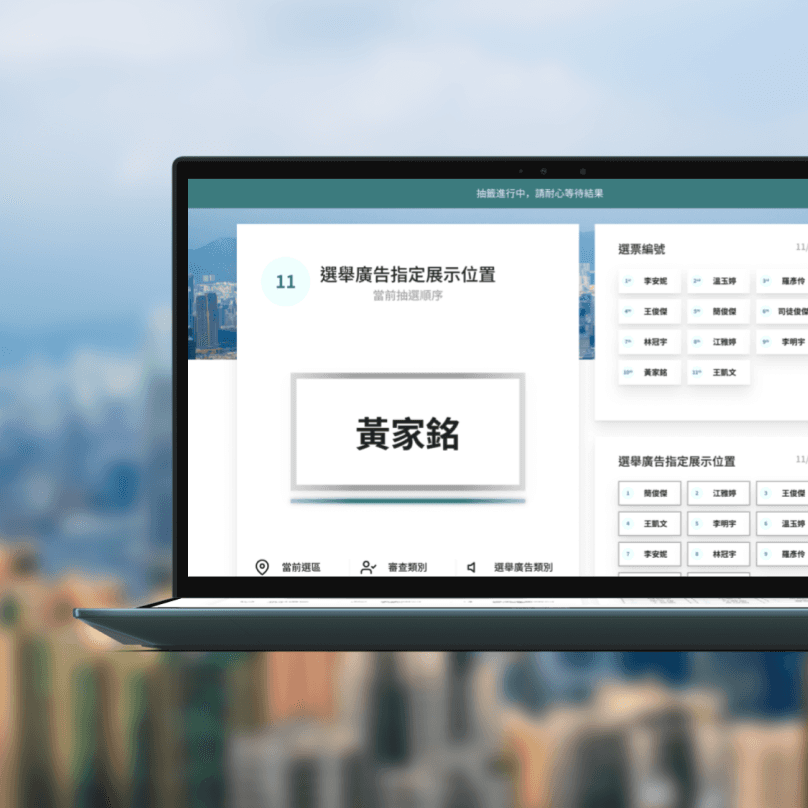
2025
Asia Mile Redemption Case Study
Case Study
UX/UI Design
Web Design
Client
Cathay Pacific
My Role
UX/UI Designer
|
UX Researcher
|
Description
"
1. Introduction
In the dynamic landscape of digital services, user experience (UX) stands as a critical differentiator, shaping customer satisfaction and loyalty. This case study delves into a comprehensive UX audit conducted for Cathay Pacific, specifically focusing on the Asia Miles flight redemption process. The primary objective of this endeavor was to identify friction points and opportunities for enhancement within the existing user journey, ultimately aiming to elevate the overall customer experience. As a UX professional, my role in this project encompassed a holistic approach, from initial research and methodology selection to the detailed analysis of user flows and the formulation of actionable design recommendations. This article will articulate the process undertaken, the insights garnered, and the proposed solutions designed to create a more intuitive, efficient, and delightful experience for Cathay Pacific's valued Asia Miles members.
2. Project Overview
This project centered on a detailed UX audit of the flight ticket redemption process facilitated by Asia Miles, a loyalty program under Cathay Pacific. The core objective was to scrutinize the existing user experience and pinpoint areas for improvement, with the overarching goal of enhancing customer satisfaction and streamlining the redemption journey. The scope of this analysis was clearly defined to focus specifically on the Asia Miles redemption process for Cathay Pacific flights, ensuring a targeted and effective evaluation. This focused approach allowed for a deep dive into the intricacies of this particular service, enabling the identification of specific pain points and the development of tailored solutions.
3. Methodology
To achieve a comprehensive understanding of the user experience and to identify areas for improvement, a multi-faceted methodology was employed. This approach combined established UX research techniques to provide both qualitative and quantitative insights into the Asia Miles flight redemption process. The key methodologies utilized included:
Heuristic EvaluationAt the core of this audit was a heuristic evaluation, primarily leveraging Jakob Nielsen's 10 Usability Heuristics. This systematic inspection of the user interface allowed for the identification of common usability problems in the design. Each heuristic served as a guideline to assess the system's adherence to recognized usability principles, providing a structured framework for identifying potential issues that could hinder a user's ability to efficiently and effectively redeem their Asia Miles. This method is particularly effective for uncovering a broad range of usability problems early in the design process. | Analysis of Search Engine PerformanceUnderstanding how users initiate their journey was crucial. This involved an analysis of search engine performance, specifically utilizing Google Trends and examining related search queries. By analyzing search patterns and popular queries, insights were gained into user intent, common pain points, and the language users employ when searching for flight redemption options. This data helped to contextualize the user's initial touchpoints and provided valuable information for optimizing the discoverability and accessibility of the Asia Miles redemption platform. |
Persona DevelopmentTo empathize with the diverse user base, two distinct personas were developed: the "Family-Focused Professional" and the "Young Solo Traveller." These personas were crafted based on observed user behaviors, motivations, and pain points, as outlined in the provided presentation. Each persona represents a significant segment of the target audience, allowing for a deeper understanding of their unique needs and expectations throughout the flight redemption process. By designing for these specific archetypes, solutions could be tailored to address the varied requirements of Cathay Pacific's Asia Miles members. | User Journey MappingTo visualize and understand the end-to-end experience, user journey mapping was conducted. This involved charting the various steps a user takes from initial awareness to successful flight redemption, including their actions, thoughts, and feelings at each touchpoint. This holistic view helped to identify critical moments of truth, potential drop-off points, and opportunities for intervention to improve the overall flow and satisfaction. The journey map served as a powerful tool for communicating the user's experience and for pinpointing specific areas where design improvements could have the most significant impact. |


By combining these methodologies, a comprehensive picture of the current Asia Miles flight redemption experience was formed, laying the groundwork for the identification of key challenges and the development of impactful design solutions.
4. Target Segmentation & Personas
Understanding the diverse needs and motivations of users is paramount in crafting effective UX solutions. For this project, two primary personas were developed to represent key segments of the Cathay Pacific Asia Miles user base. These personas, derived from insights gathered during the research phase, helped to humanize the data and provide a clear focus for design considerations.
Persona 1: The Family-Focused Professional

This persona embodies an individual who prioritizes family travel and seeks efficient, value-driven solutions for their journeys. Their user journey typically begins with Awareness, where they engage in early planning for trips, often influenced by direct searches or seasonal EDM promotions. During the Consideration phase, they meticulously decide on booking methods, checking their Asia Miles balance and considering various add-ons. The Decision phase involves critical choices such as cabin options and seat selection, leading to the final Loyalty stage marked by confirmation emails and the overall satisfaction of a well-planned family trip.

However, this persona often encounters several Pain Points. Coordinating schedules for multiple family members can be a significant challenge. They also find it difficult to compare "Miles Plus Cash" options, leading to confusion and potential frustration. Seat selection complexity further adds to their anxieties. Despite these challenges, there are clear Opportunities to enhance their experience. Offering family travel packages, providing clear comparison tables for redemption options, and enabling redemption groups for families could significantly improve their journey, fostering a sense of relief and excitement rather than anxiety.
Persona 2: The Young Solo Traveller
In contrast, the Young Solo Traveller represents a more budget-sensitive consumer, often new to the world of loyalty programs and seeking adventurous, independent travel experiences. Their journey starts with Awareness, where they browse tutorials and tips, often through social media or direct searches, and explore the Asia Miles page. The Consideration phase involves searching multiple destinations, driven by inspiration and a desire for unique experiences. They confirm their itinerary in the Decision phase, culminating in the Loyalty stage with confirmation emails and a sense of satisfaction.

This persona faces distinct Pain Points. Being new to the Miles Program, they often find the policies and terms complicated and overwhelming. The sheer number of options can lead to confusion, and they experience a "Fear Of Missing Out" (FOMO) on potential Asia Miles benefits due to insufficient miles. To address these, several Opportunities exist. An interactive mile guide could demystify the program, while destination suggestions could inspire their travel plans. Providing pro tips that lead to business promotion events and offering more entry points for promotion events could significantly engage this persona, transforming their initial overwhelming feelings into satisfaction and confidence.

By understanding these distinct user profiles, the subsequent analysis of heuristic findings and proposed solutions are directly aligned with addressing the specific needs and pain points of Cathay Pacific's diverse customer base.

5. Heuristic Evaluation Findings & Suggestions
This section details the findings from the heuristic evaluation, highlighting specific usability issues encountered during the Asia Miles flight redemption process and proposing design solutions to address them. The evaluation followed Nielsen's 10 Usability Heuristics, providing a structured approach to identifying areas for improvement.

📱 Entry Point 1 - Asia Miles Native App

🖥️ Entry Point 2 - Redeem Flight Award (Redirected from Asia Miles)

🖥️ Entry Point 3 - Cathay Pacific Landing Page

6. UI/UX Enhancement
✨Issue: Clarity of Balance Preview & Estimated Miles

Users often struggle to clearly understand their current Asia Miles balance and the estimated miles required for a flight redemption. The presentation highlighted a 'Before' state where this information was not immediately clear or easily digestible. This lack of clarity can lead to user frustration and a feeling of being uninformed, violating the heuristic of Visibility of System Status.
✨Suggestion: Improved Display of Miles Balance and Estimation

The proposed 'After' state demonstrates a clearer display of the user's current miles balance for reference and a more prominent estimation of the total miles required for the selected flight. This enhancement directly addresses the clarity issue, providing users with immediate and understandable feedback on their miles status and redemption cost. This aligns with the principle of keeping users informed about what is going on, through appropriate feedback within reasonable time.
✨Issue: Required Miles Quick Comparison

When users are redirected to the flight award redemption page, comparing the required miles for different flight options can be cumbersome. The 'Before' example showed a lack of a quick and easy way to compare mile requirements across various choices, making it difficult for users to make informed decisions efficiently. This impacts Flexibility and Efficiency of Use.
✨Suggestion: Provide Quick Estimation for Comparison

The 'After' suggestion introduces a quick estimation for comparison, clearly displaying the miles required per passenger for different options (e.g., 45,000, 42,000, 30,000). This allows users to rapidly assess and compare the value of different redemption options, significantly improving the efficiency of their decision-making process. This also supports the heuristic of Recognition Rather Than Recall, as users can see options readily available for comparison.
Issue: Datepicker Visibility of System Status

During the flight search process on the Cathay Pacific landing page, the datepicker lacked clear visual cues regarding system status, such as selected dates or available dates. This ambiguity can lead to user errors and confusion, infringing upon the heuristic of Visibility of System Status.
✨ Good Approach for searching Screen (Labor Perception Bias)

The searching screen, while indicating activity, presented a good example of labor perception bias. While it might show that the system is working, it doesn't necessarily provide useful feedback or progress indicators that reassure the user or manage their expectations effectively. This can lead to perceived delays and user impatience.
✨ Issue: Select Flights (User Control and Freedom - New Search for Changing Destination/Passengers)

A significant usability issue identified was the requirement for users to initiate an entirely new search when they wished to change the destination or number of passengers after selecting flights. This lack of flexibility severely limits User Control and Freedom, forcing users into a rigid workflow and potentially leading to frustration and abandonment.
✨ Issue: Select Flights (User Control and Freedom - New Search for Changing Destination/Passengers)

A significant usability issue identified was the requirement for users to initiate an entirely new search when they wished to change the destination or number of passengers after selecting flights. This lack of flexibility severely limits User Control and Freedom, forcing users into a rigid workflow and potentially leading to frustration and abandonment.
✨ Suggestion: Quick Flight Search (Search Another Flight Without Reloading)

To address the lack of user control, a proposed solution is a "Quick Flight Search" feature. This would allow users to search for another flight or modify their search parameters (destination, passengers) without having to reload the entire page or start a completely new search. This enhancement significantly improves User Control and Freedom, empowering users to easily adjust their search criteria and explore alternatives, thereby reducing friction and improving the overall search experience.
Scenario 1: Sufficient Miles (Happy Flow)
✨ Issue: Misleading UX Writing ("Modify" Button)

In the scenario where users have sufficient miles for redemption, a "Modify" button was observed to be misleading. The term "Modify" referred back to the page for selecting dates and flights, but not for changing the destination or number of passengers. This ambiguity in language violates the heuristic of Match Between System and the Real World, as the system uses terminology that does not align with user expectations, leading to confusion and potential errors.
Scenario 2: Top-up with Cash
✨ Good Approach for Showing Calculation Step

Conversely, the system demonstrated a good approach when users needed to top-up their miles with cash. The clear display of calculation steps for insufficient miles was a positive example of Help Users Recognize, Diagnose, and Recover from Errors. This transparency helps users understand the financial implications and provides a clear path forward, even in a less ideal scenario.
Scenario 3: Insufficient Miles
✨ Issue: Redundant Information in Accordion


When users had insufficient miles, the content design within an accordion element was found to contain redundant information that was not particularly helpful. This cluttered interface violates the heuristic of Aesthetic and Minimalist Design, as unnecessary information can distract users and make it harder to find relevant details. It also goes against Recognition Rather Than Recall, as users are presented with too much information rather than concise, actionable tips.
✨ Suggestion: Insufficient Miles Content Re-design (Engage User with Next Steps)

The proposed re-design for the insufficient miles content aims to engage users with clear next steps. Instead of redundant information, the updated design would provide actionable tips on how to earn more miles, guiding users towards a solution. This approach aligns with Help and Documentation, offering relevant and helpful information precisely when the user needs it, transforming a frustrating experience into an opportunity for engagement and education.
Passenger Information
✨ Issue: Redemption Group for Repeatable Information Input

The existing system offered a "Redemption Group" feature, which was helpful for repeatable information input, reducing user workload for up to 5 passengers. This feature is a good example of Recognition Rather Than Recall, as it allows users to select pre-saved groups rather than re-entering information. However, there was an opportunity for further enhancement.
✨ Suggestion: Travel Group as Companion Preset

The suggestion is to introduce a "Travel Group" feature, positioned higher in the hierarchy than the existing "Redemption Group." This new feature would allow users to preset travel companions, which would be particularly useful for family-oriented users. This enhancement further optimizes the Efficiency of Use and Flexibility and Efficiency of Use heuristics, making the process of booking for multiple passengers even more seamless and intuitive.
7. Conclusion
This UX audit of the Cathay Pacific Asia Miles flight redemption process has provided a comprehensive understanding of the current user experience, identifying both strengths and critical areas for improvement. By applying a rigorous methodology encompassing heuristic evaluation, search engine analysis, persona development, and user journey mapping, a clear picture emerged of the challenges users face and the opportunities available to enhance their journey.
The proposed design solutions, ranging from improved clarity in miles display and enhanced user control in search functionalities to more helpful content for insufficient miles scenarios and streamlined group booking options, are all aimed at creating a more intuitive, efficient, and ultimately more satisfying experience for Asia Miles members. These recommendations are not merely cosmetic changes but are rooted in fundamental UX principles designed to address real user pain points and drive tangible improvements in satisfaction and engagement.
Moving forward, the implementation of these suggestions would ideally be followed by further user testing and iterative design cycles to validate their effectiveness and refine them based on real-world user feedback. The continuous pursuit of an exceptional user experience is an ongoing journey, and this audit serves as a foundational step in that direction for Cathay Pacific and Asia Miles. I am confident that by prioritizing these user-centric improvements, Cathay Pacific can further solidify its position as a leader in customer satisfaction and loyalty within the airline industry.
For further details on this project or to discuss how my UX design and research skills can benefit your organization, please feel free to contact me.
Other Works
More









